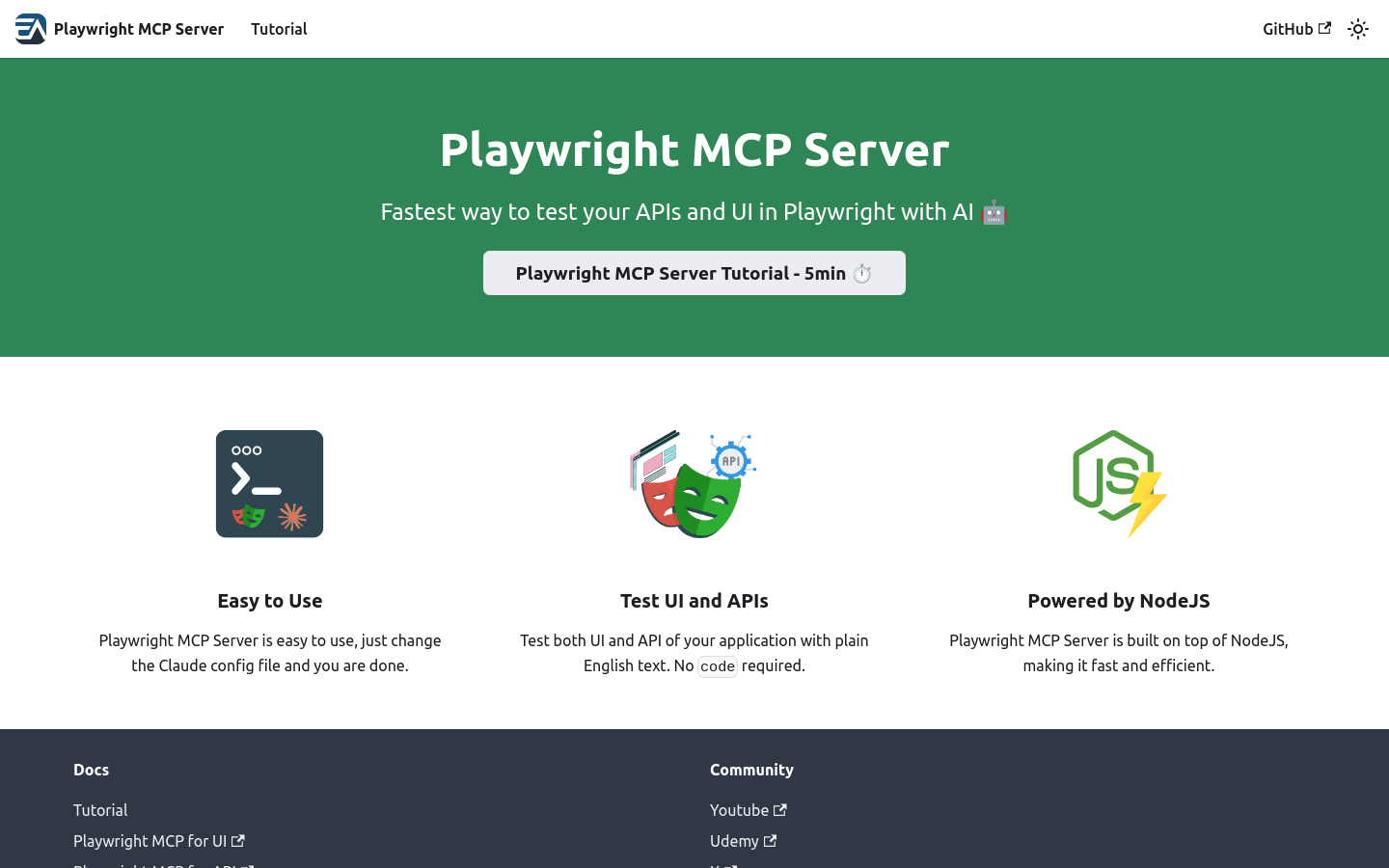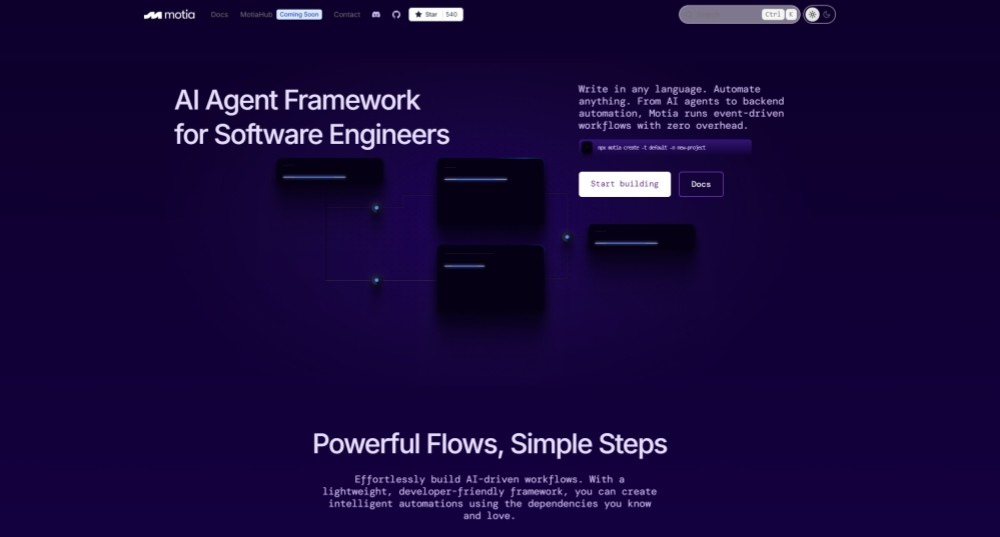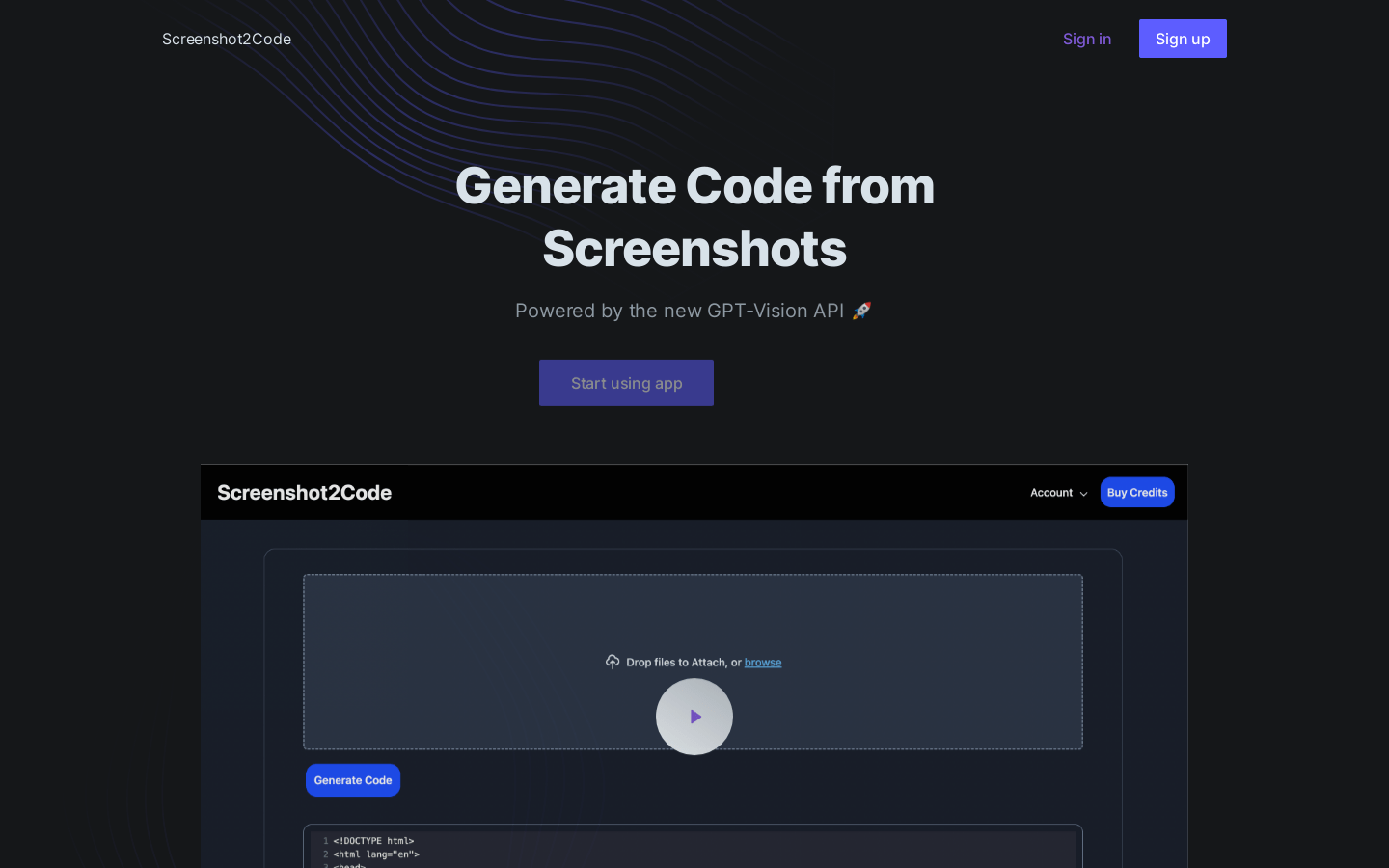
Playwright MCP Server is a NodeJS-built tool designed to help users quickly test the UI and API of applications through AI technology. It allows users to describe test requirements in simple English text without writing code, greatly improving testing efficiency. The tool is mainly aimed at developers and testers, helping them quickly verify the functionality of the application and reduce the workload of manual testing. The product is currently provided by ExecuteAutomation Pvt Ltd., and the specific price is not specified on the page, but from its functions and positioning, it may be aimed at enterprise-level users and has certain commercial value.
Demand population:
"This product is suitable for developers and testers who need to quickly verify the application's UI and API capabilities, reduce manual testing efforts, and improve development efficiency. By using Playwright MCP Server , they can focus more on development without having to write complex test scripts in depth."
Example of usage scenarios:
When developers develop new features, they use Playwright MCP Server to quickly test the UI and API to ensure that the functionality is normal.
The testing team uses this tool to quickly generate test cases and improve test coverage.
Before launching the new version, enterprise users use Playwright MCP Server for automated testing to reduce manual testing costs.
Product Features:
Easy to use: Just modify the configuration file to complete the settings.
No code required: Use plain English text to test UI and API.
Based on NodeJS: Run fast and efficiently.
Support AI testing: Use AI technology to achieve intelligent testing.
Provide tutorials: Help users get started quickly.
Supports multiple test scenarios: including UI and API testing.
Integrated GitHub: facilitates users to obtain code and updates.
Community support: Provide learning resources such as YouTube and Udemy.
Tutorials for use:
Visit the official website to learn about product features and tutorials.
Download and install Playwright MCP Server .
Modify the configuration file and set the test parameters according to the requirements.
Use simple English text to describe the test requirements.
Run the test and view the test results.
Adjust code or test cases based on test results.
Use community resources to solve problems encountered during use.







